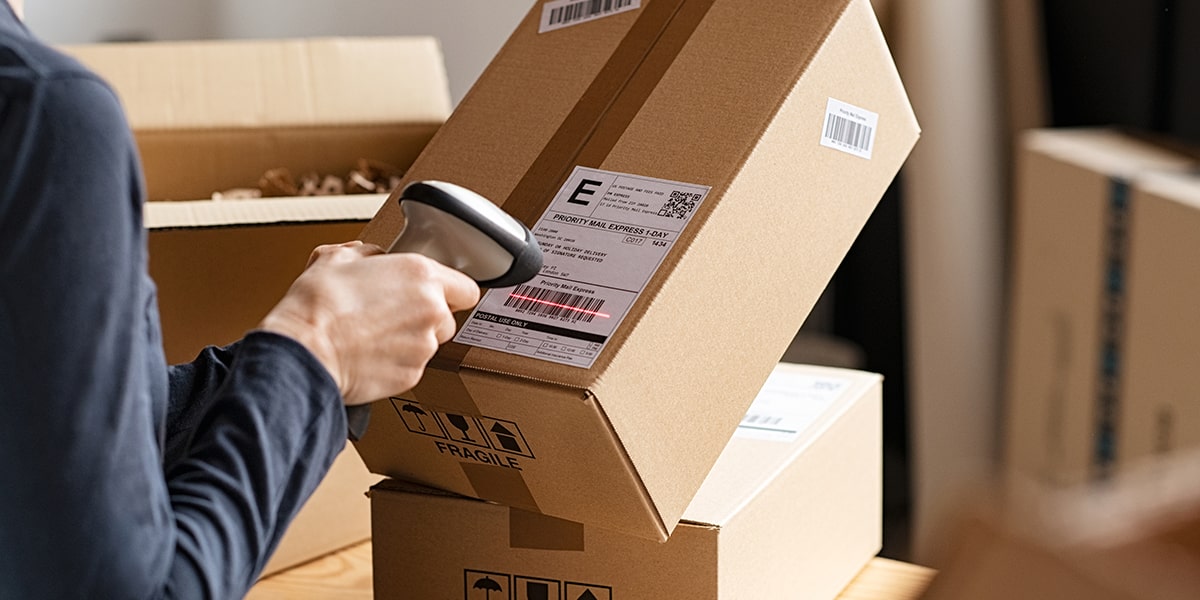UV Resistance Testing of Labels and Packaging
The UV resistance testing of labels and packaging is a critical component in ensuring product longevity and maintaining consumer safety. Ultraviolet (UV) light, which is present both indoors and outdoors, can significantly degrade the integrity of materials used for labeling and packaging over time. This degradation can lead to color fading, loss of adhesion, or even complete failure, impacting not only aesthetic appeal but also functional performance.
Conducting UV resistance tests helps manufacturers understand how their products will perform under real-world conditions. By simulating the effects of prolonged exposure to sunlight and artificial UV light sources, these tests provide valuable insights into potential issues that could arise during product lifecycle. This information is essential for quality managers and compliance officers tasked with ensuring regulatory adherence.
UV resistance testing typically involves exposing samples to controlled levels of UV radiation in a laboratory setting using specialized equipment such as xenon arc lamps or UV chambers. The test conditions are designed to mimic the worst-case scenarios encountered by products in outdoor environments, providing a reliable method for assessing long-term stability.
The specimens tested can range from simple labels applied to various substrates like paper or plastic, up to more complex packaging structures incorporating multiple layers of material. Each type requires specific handling and preparation steps prior to testing; this includes cleaning the surface, applying any adhesives if necessary, and ensuring that all components are properly aligned.
Once exposed to UV light, samples undergo visual inspection for signs of deterioration such as discoloration or cracking at regular intervals throughout the duration of the test. Additionally, mechanical tests may be conducted post-test to evaluate changes in adhesion strength between the label and substrate. These results form part of comprehensive reports provided by accredited laboratories like ours.
Understanding these factors allows for proactive measures against premature aging through material selection or formulation adjustments during product development stages. For R&D engineers involved in innovation projects, incorporating UV resistance considerations into design specifications early on can save time and resources later down the line when addressing unforeseen issues discovered after market release.
In summary, UV resistance testing plays a crucial role in protecting both brand reputation and customer satisfaction by safeguarding against costly recalls due to product failures caused by environmental exposure. It ensures that labels and packaging maintain their intended functionality throughout expected use periods, thereby contributing positively towards achieving sustainable business practices.
Why Choose This Test
Selecting UV resistance testing for your labeling or packaging components is essential given its direct impact on product longevity and overall quality. Here are several reasons why choosing this test makes sense:
To Enhance Product Lifespan: By identifying weaknesses early in the manufacturing process, you can implement improvements that extend the useful life of your products.
Avoid Regulatory Penalties: Ensuring compliance with relevant standards not only protects against legal consequences but also builds trust among consumers and regulatory bodies alike.
Increase Consumer Confidence: When customers see consistent performance across different environments, they are more likely to feel confident about purchasing your products.
Competitive Edge: Demonstrating superior durability through rigorous testing can set you apart from competitors who might not prioritize such measures equally.
Eco-Friendly Practices: Prolonged product life reduces waste and resource consumption, aligning with increasingly important environmental considerations for modern businesses.
Better Design Insights: Feedback obtained from UV resistance tests provides actionable data that helps refine future designs, leading to more efficient and effective solutions.
Cost Savings: Identifying problems early on through testing prevents costly repairs or replacements down the road while also avoiding potential damage to reputation caused by failed products reaching end-users.
International Acceptance and Recognition
The importance of UV resistance testing extends beyond just domestic markets; it is widely accepted internationally as well. Many countries have established standards and guidelines that mandate or recommend such tests for certain types of labeling and packaging materials.
ISO Standard: ISO 13461 specifies requirements for determining the resistance to UV radiation of printed materials used in medical devices, which often includes label and packaging components. Compliance with this standard ensures consistency across borders when exporting products internationally.
ASTM Methodology: ASTM D2098 outlines procedures for evaluating the photochemical stability of plastic materials by exposing them to UV radiation under controlled conditions. This method is frequently referenced in various industries, including pharmaceuticals and electronics, where high-quality packaging plays a vital role.
EN Normative: European standards like EN 13462 address the photostability of printed materials used for labeling purposes within the EU region. These norms ensure compatibility with existing regulations while promoting innovation in sustainable practices.
Recognition from these organizations underscores the significance of UV resistance testing globally, encouraging manufacturers to adopt best practices and stay ahead of changing requirements.
Competitive Advantage and Market Impact
In today’s competitive market landscape, standing out requires more than just superior product features; it involves demonstrating robust quality assurance processes that extend beyond initial production stages. UV resistance testing offers a strategic edge by providing tangible evidence of your commitment to excellence.
When potential clients see consistent results from rigorous tests conducted in independent laboratories like ours, they gain confidence in the reliability and durability of your offerings. This not only enhances brand perception but also fosters long-term relationships built on mutual trust.
Beyond immediate customer satisfaction, achieving high standards through UV resistance testing can open doors to new markets where specific regulatory requirements are stringent. Companies that consistently meet these criteria often find themselves at the forefront of industry trends, influencing best practices within their sectors.
Moreover, adopting advanced UV resistance testing methodologies positions you as a leader in sustainable manufacturing techniques. As consumer awareness around eco-friendly initiatives grows, demonstrating leadership in this area becomes increasingly valuable for attracting environmentally conscious consumers and investors alike.





